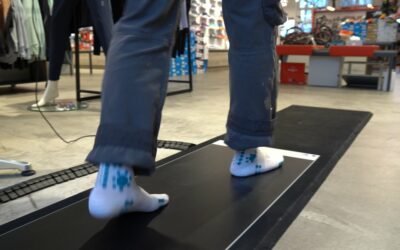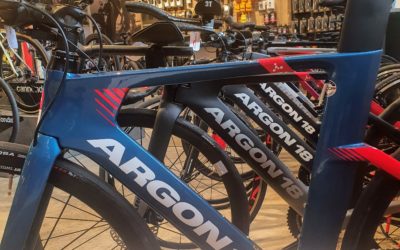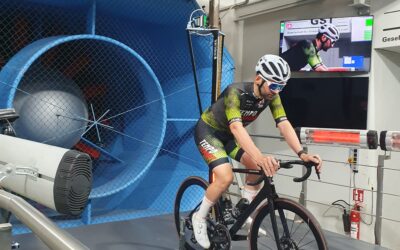Rarely in the history of running shoes has technology changed as fundamentally and comprehensively as it has in recent years. Modern running shoes today and a few years ago: A different world. Both in training and competition shoes. We show what and why so much has changed in such a short time and what you should pay attention to when buying.
Until a few years ago, the running shoe market was rather leisurely: evolution instead of revolution was the motto. A small improvement here, an update there. But fundamentally new technologies were not in sight for a long time. Until a little more than ten years ago – at first still unnoticed by the mainstream – thanks to the new company “Hoka One One” (today just “Hoka”) a radically different shoe came onto the market. Of course, there have always been lateral thinkers among running shoe companies, and this certainly included On with the new cloud technology. But Hoka was the first to get a really big ball rolling.
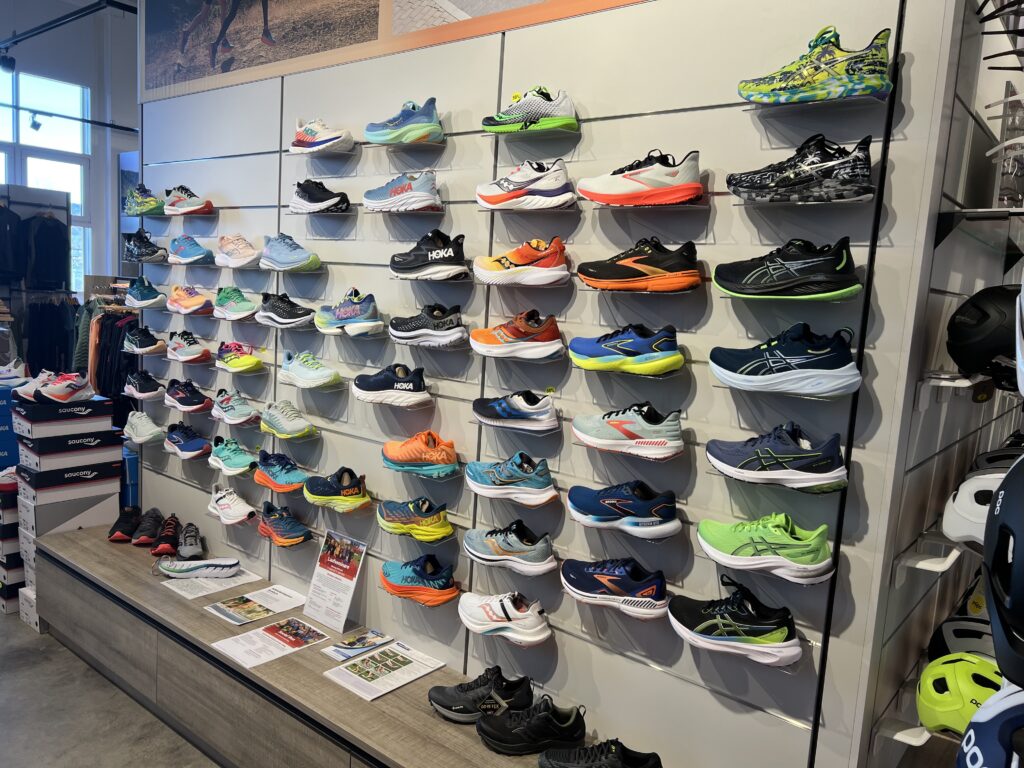
Squaring the circle?
What was different? The two French founders came from the trail running business and were not satisfied with the range of running shoes on offer at the time. Especially for longer distances with many downhill passages, they were looking for an alternative. They developed these themselves: maximally cushioned shoes on a rounded sole (“rocker sole”) for high dynamics were their solution. To ensure stability despite the high sole, they built the shoes on a straight last. Until then, this was only known from super stable shoes for heavy overpronators, they were considered too undynamic, too cumbersome. In short: Hoka (almost) succeeded in “squaring the circle”: light, strongly damped, dynamic and yet stable.
Hoka had nothing to do with conventional running shoes (also visually). We still remember the time when the first Hoka was launched. We also frowned and sayings like “can’t be done”, “who runs with such ulcers” were the order of the day.
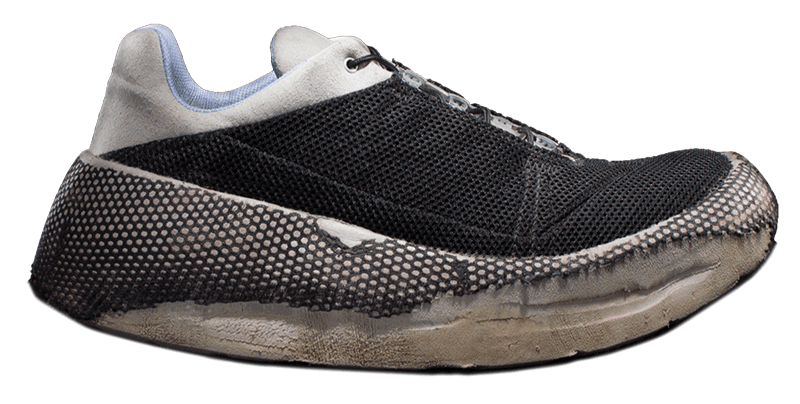
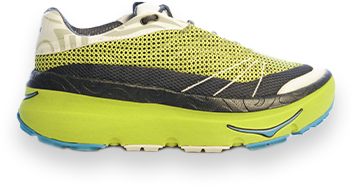
But the concept convinced more and more people. Especially in triathlon, Hoka quickly began his triumphal march. Well cushioned, stable thanks to the straight last and still dynamic with the rocker sole: As if made for triathlon, where athletes are pre-tired and want to combine stability with dynamics.
Innovative, lightweight material helped to achieve a breakthrough
At the time, it could not have been foreseen that this new running shoe construction would rapidly establish itself on a broad scale outside of trail running and triathlon. Two important points helped:
- Although the midsole is voluminous (up to 40 mm), it is still very light thanks to new materials. This would not have been feasible with the conventional and, until recently, common EVA material.
- Thanks to the adaptation of the Hoka principle to competition shoes with the integration of carbon plates, a triumphal march of the “fat” competition shoes began in the elite sector. Records were pulverized, the technology caused a sensation. There is no elite athlete who does not wear such shoes today. Even on the track, which has so far been the epitome of minimalist shoes, technology is (adapted) finding its way.
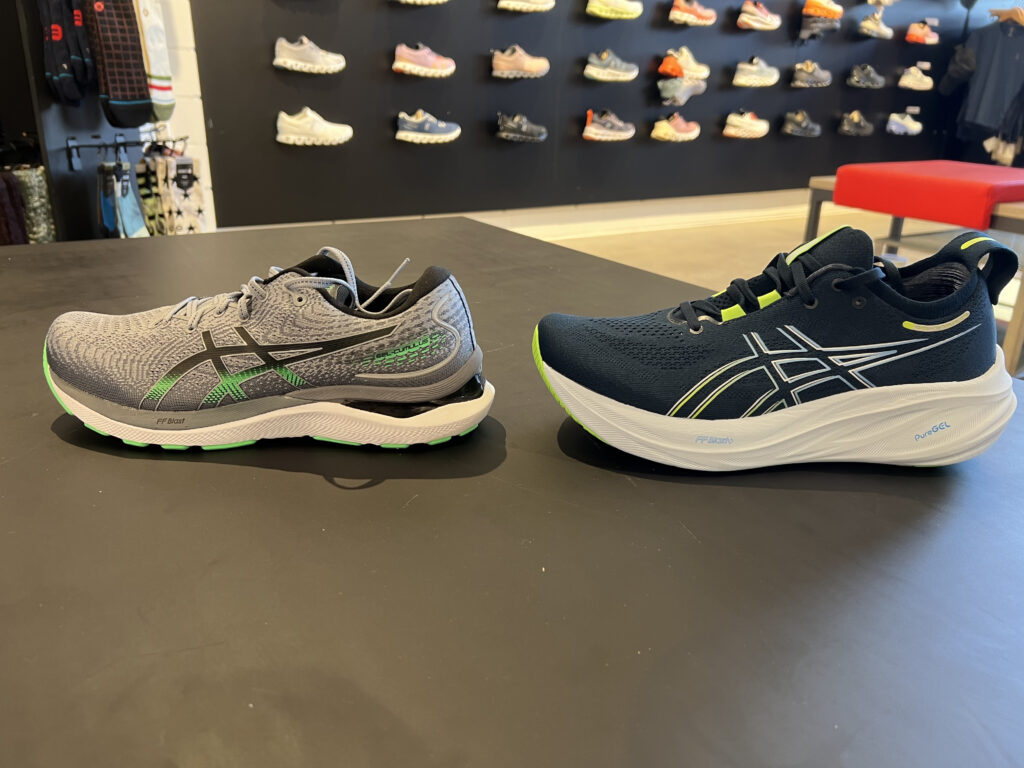
Where do we stand today? Almost all major running shoe manufacturers have adapted their model range: very well cushioned, thick midsoles; more or less straight lasts; more or less rocker sole. These central elements can be found today in almost all running shoes from almost all manufacturers. Although there are still many variations and characteristics, almost all manufacturers today rely on these technologies. One thing, however, is certain: Until recently, there was still a lot of talk about “natural running” with minimalist shoes, as little cushioning as possible with curved lasts. Nobody talks about it anymore, a corresponding shoe offer has almost completely disappeared. And in the competition area, there are no longer any shoes according to the old, classic pattern (keyword: “racing flat”). Nothing works, or rather nothing works without maximum cushioning, in the elite range combined with carbon soles. We still remember well the times when even in the Ironman area it was true: The thinner the sole, the lighter the shoe, the better and the faster. Absolutely unthinkable today. And not for sale.
What are the benefits of this in the hobby sector?
For amateur runners, this new development means that they have to say goodbye to the running shoes that have been common in the last 10-15 years. Thanks to the better cushioning with a rather lower weight of the new generation of shoes, running is gentler and still remains dynamic. The old categories of “stable” and “neutral” shoes are also becoming more and more blurred. Light, dynamic and yet stable are no longer contradictions. It remains to be seen how this will affect injury patterns and frequency in the long term, and it will be interesting to observe.
In the hobby area, one big “attention” remains: carbon shoes. Based on our experience, these should be used with caution for (too frequent) training in the hobby sector, as they almost force metatarsal/forefoot running, are therefore unsuitable for heel running and thus put a lot of strain on the Achilles tendons/calves up to the pelvis. Corresponding injury patterns are also piling up, not only in the hobby sector. The rule of thumb is still the same: If you don’t really run a 4-minute cut or faster with the carbon shoe, you should keep your hands off it.
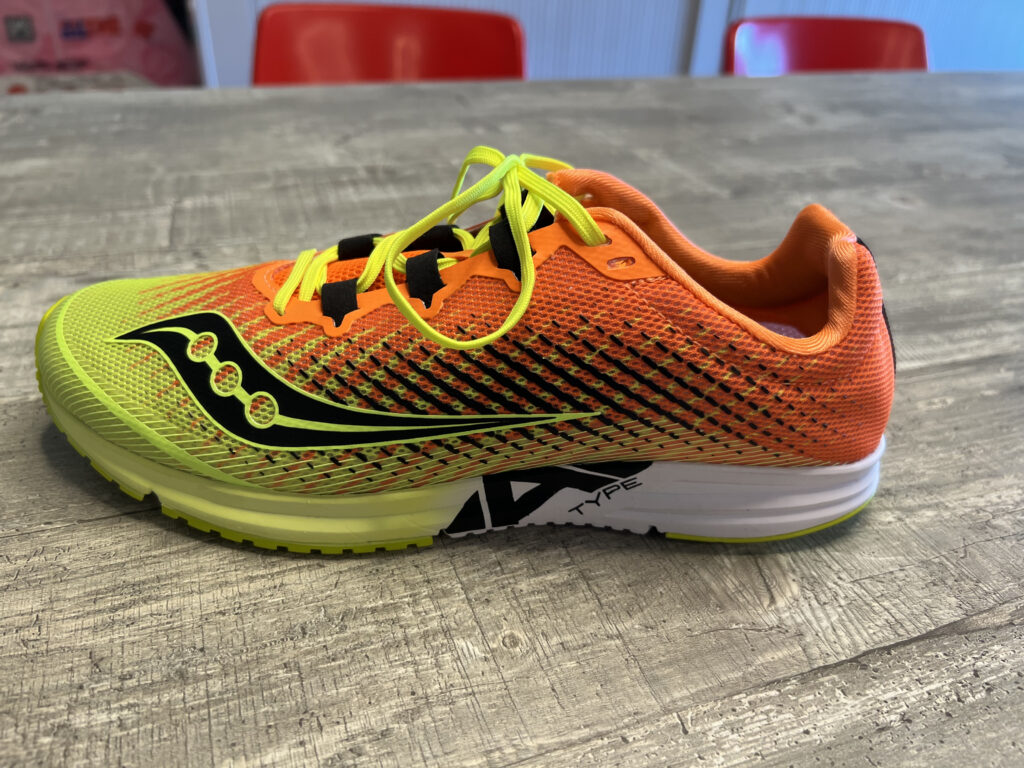
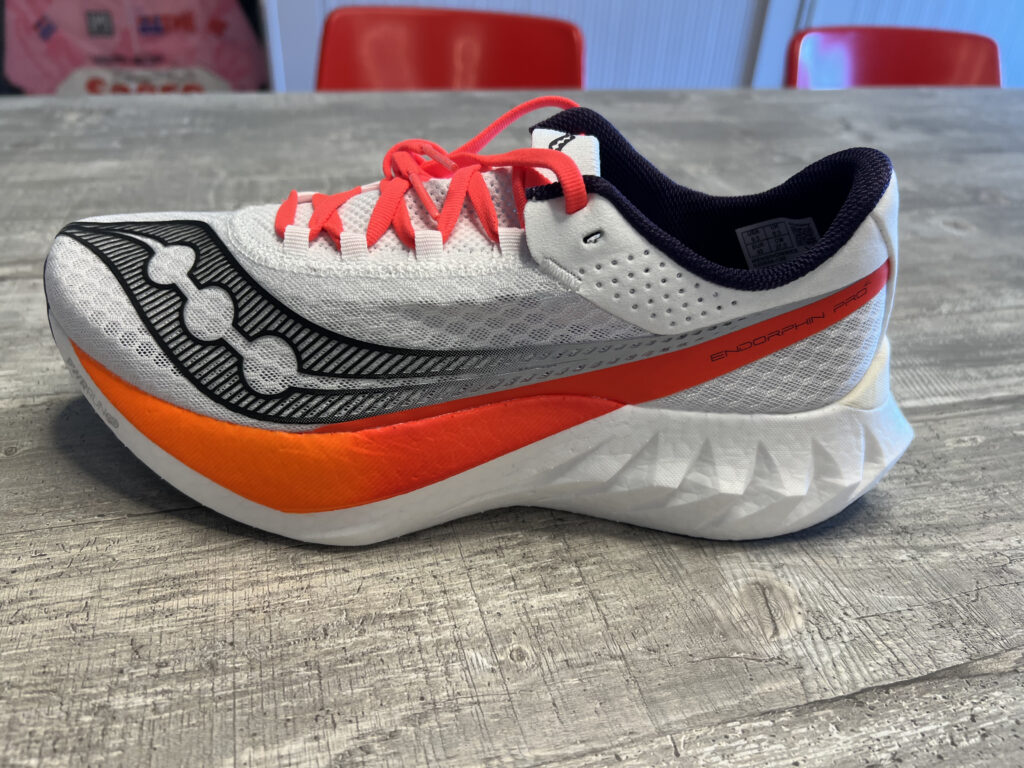
Advice is even more important
But it’s still best to get advice from a specialist store like Tempo Sport. Because we have an overview of the model range, can recommend the right models individually based on the foot analysis and our experience and check together on site what is suitable and what is not.
You can find everything you need to know about our running shoe advice HERE .

